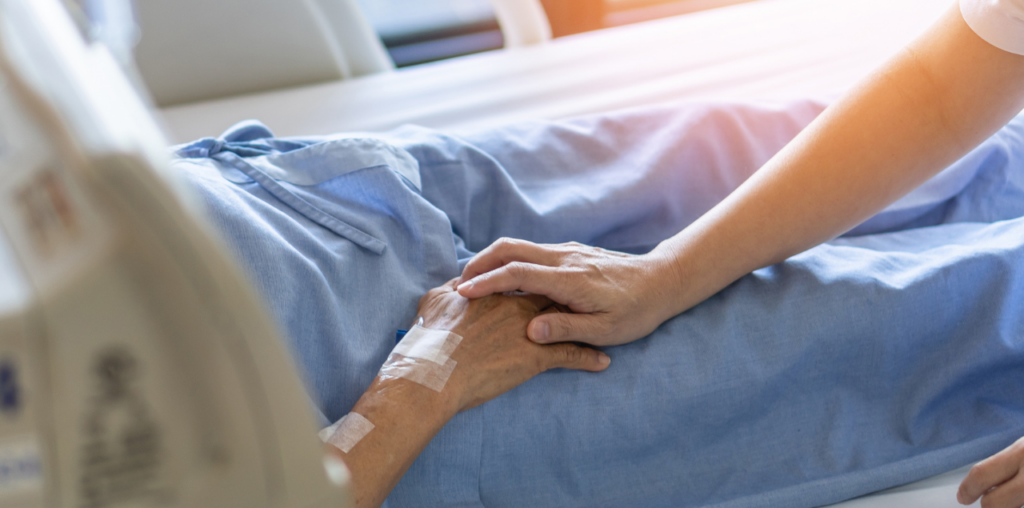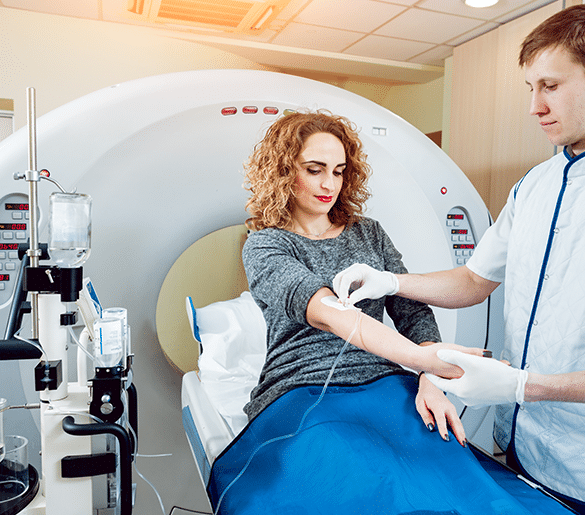The skin is the largest human organ and serves as a natural protective barrier, shielding the body from the effects of physical causes, toxins, and numerous microbes while also maintaining fluid equilibrium. As we age, our skin thins and dries, making it more vulnerable to harm. Skin changes are more likely in individuals who are overweight, have edema, have spinal cord injuries, or are confined to a bed or wheelchair. Lack of sufficient skin care in palliative care for such individuals can lead to numerous rashes, ulcers, and bedsores, resulting in discomfort, long-term suffering, and disturbance of the body’s overall state. The important markers of high-quality Palliative Wound Care for a sick individual are skin integrity and prevention to avoid the appearance of bedsores.
Skin condition
Skin condition reflects overall health. Proper wound care in palliative care for immobile persons improves their physical health and quality of life. Given the increasing number of older, low-mobility patients and their vulnerability to infectious diseases, it is critical to be able to notice even minor changes in the outer skin and take appropriate action in a timely way.
Many somatic and viral disorders have distinct skin symptoms such as rashes, color changes, edema, dryness or dampness, abnormalities in surface sensitivity, etc. Care and adequate care for a person with limited mobility helps to prevent skin ulcers and infections.
Proper skin hydration and nourishment are critical for avoiding bedsores. The most critical condition for prevention is an accurate and timely assessment of the risk of development.
What Are the Key Risk Factors?
All risk factors that contribute to the occurrence of bedsores can be divided into reversible and irreversible, internal and external. Reversible internal factors include such factors as exhaustion, obesity, impaired mobility, impaired psychomotor activity, insomnia, pain, smoking, somatic diseases (anemia, heart failure, dehydration, hypotension), urinary or fecal incontinence, impaired peripheral circulation, and microcirculation, changes in psychological state.
Irreversible internal factors include old age, terminal conditions, dystrophic changes in the skin (thinned, dry, damaged), neurological disorders (sensory, motor), and changes in consciousness.
External irreversible variables include brain and spinal cord damage, injuries to the spine, pelvic bones, abdominal organs, and substantial prior surgery.
Keeping a bedridden person comfortable and hygienic is one of the hardest parts of caring for them. External reversible elements require special consideration. The most common causes of these conditions are improper care methods and product selection, poor hygiene, improper massage technique, and product selection, folds in bed linens or underwear, inadequate protein, and vitamin intake, low appetite, refusal to eat, improper diet, use of cytostatic drugs, hormones, absence of bed rails, improper technique for moving the patient in bed, improper technique for positioning the patient in bed or on a chair, improper technology for using anti-decubitus systems (mattresses, pillows, etc.), and changes in the skin microclimate (overheating, hypothermia, excessive moisture, dryness). Timely correction of these conditions can prevent serious changes in the skin of seriously ill patients, emphasizing the need for effective palliative wound care practices.
Expert Recommendations for Preventing Skin Ulcers and Infections
Care and proper care for a person with limited mobility prevents the appearance of skin ulcers and the development of infection. Here are some recommendations that can prevent the appearance of damage and bedsores on the skin of people with limited mobility at the early stages of care.
• Patients should move as much as possible, as even small movements are crucial. If movement is not feasible, they should be turned in bed every 2 hours (including at night) or repositioned every 15 minutes while sitting. This helps avoid constant pressure, redistributes body weight, and increases blood flow to the tissues.
• It is vital to keep the skin and linen clean and dry. It is critical to preserve healthy skin. It is critical to avoid any products that cause dryness. These include numerous soaps, body washes, and talc. Washing the body requires the use of certain washing products. Every day, apply a water-based moisturizer to trouble areas. It is especially important to apply goods to places with thin skin around the bones; do not rub or massage them.
• It is vital to examine the skin daily and seek medical assistance at the first sign of issues, such as redness, swelling, or soreness, ensuring comprehensive skin care in palliative care.
• Using ergonomically structured pillows, mattresses, chairs, headrests, and protective pads for heels and elbows helps to appropriately distribute body weight and lessen the burden on certain areas, thereby preserving the skin from damage and pressure ulcers.
• Patients should consume adequate water (unless contraindicated).
• It is essential to maintain a daily routine and eat well. Consuming protein-rich foods can aid in wound healing.
• It is critical to properly care for existing skin lesions and wounds. Caregivers can improve the comfort and well-being of patients experiencing substantial health issues by concentrating on palliative terminal skin care. This all-encompassing method guarantees that even under the most trying conditions, the skin stays resilient and healthy.
In conclusion, preserving general health and preventing bedsores in palliative settings require good skin care practices. Caregivers may greatly improve the quality of life for patients with limited mobility by emphasizing appropriate hygiene, regular movement and prompt assessments. This will ensure the patient’s comfort and well-being even in difficult situations.



